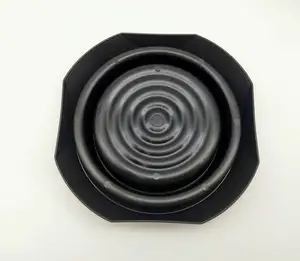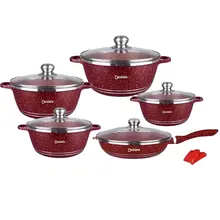Cage traps are tools for trapping small animals. There are various types of cage materials, such as bamboo baskets, iron cages, fabric cages, plastic cages, etc. Each cage made of different materials has its own advantages and disadvantages. As for types, there are live cat traps, mouse trap cages and so on.
The Material of Cage Traps
The bamboo basket cage is easy to make, easy to store, and has an opening at the bottom for drainage, making it easy to clean. But it is not sturdy enough, prone to damage and aging, and can deform even under heavy pressure, requiring frequent replacement. The iron live traps are sturdy and durable, can be used for many years, and have better anti-theft performance. But its weight is heavy, inconvenient to carry, and prone to rusting.
The fabric cage is lightweight, easy to carry, has good breathability, and is easy to clean. However, its durability is slightly poor, and it is prone to wear and tear. Plastic
animal trap cages are lightweight, have good breathability, are sterilized and corrosion-resistant, are not easy to rust, and are easy to clean. Plastic trapping cages have poor rigidity, are prone to deformation, and have poor durability.
How to choose a cage trap?
When choosing a trap cage, people first need to consider the material of the cage. Secondly, the shape of the cage is also one of the key factors in selection. There are various shapes of trapping cages, generally including long circles, squares, triangles, trapezoids, etc. The depth inside the cage and the size of the cage mesh are also factors that need to be considered. For larger animals, heavy-duty live traps can be chosen, while for smaller animals, small animal trap cages can be chosen.
How to use a cage trap?
Firstly, people need to choose a suitable cage trap. The size of the live animal cage trap should match the body size of the target animal and be sturdy enough to prevent the animal from escaping or damaging the cage. People can also choose products provided by manufacturers who use trapping cages, which usually have designs for various animals and many new features, such as transparent doors. Before starting to use a trap cage, it is important to ensure that the surrounding area is clean and tidy and to understand the areas where the animal frequently appears. Place suitable food inside and ensure that the quantity of food is moderate.
After setting up the bait, people can place the cage. Place the animal live traps in a place where animals frequently appear. At this point, people only need to wait for the cat to enter the cage. If the cat has already entered the cage, close the cage door promptly. Electronic cage doors need to be equipped with electronic devices to control the closing speed of the door. If using a manual cage door, ensure that it does not harm the animal's body when closing the door. Finally, after using the trap cage, don't forget to clean and disinfect it.








































 浙公网安备 33010002000092号
浙公网安备 33010002000092号 浙B2-20120091-4
浙B2-20120091-4